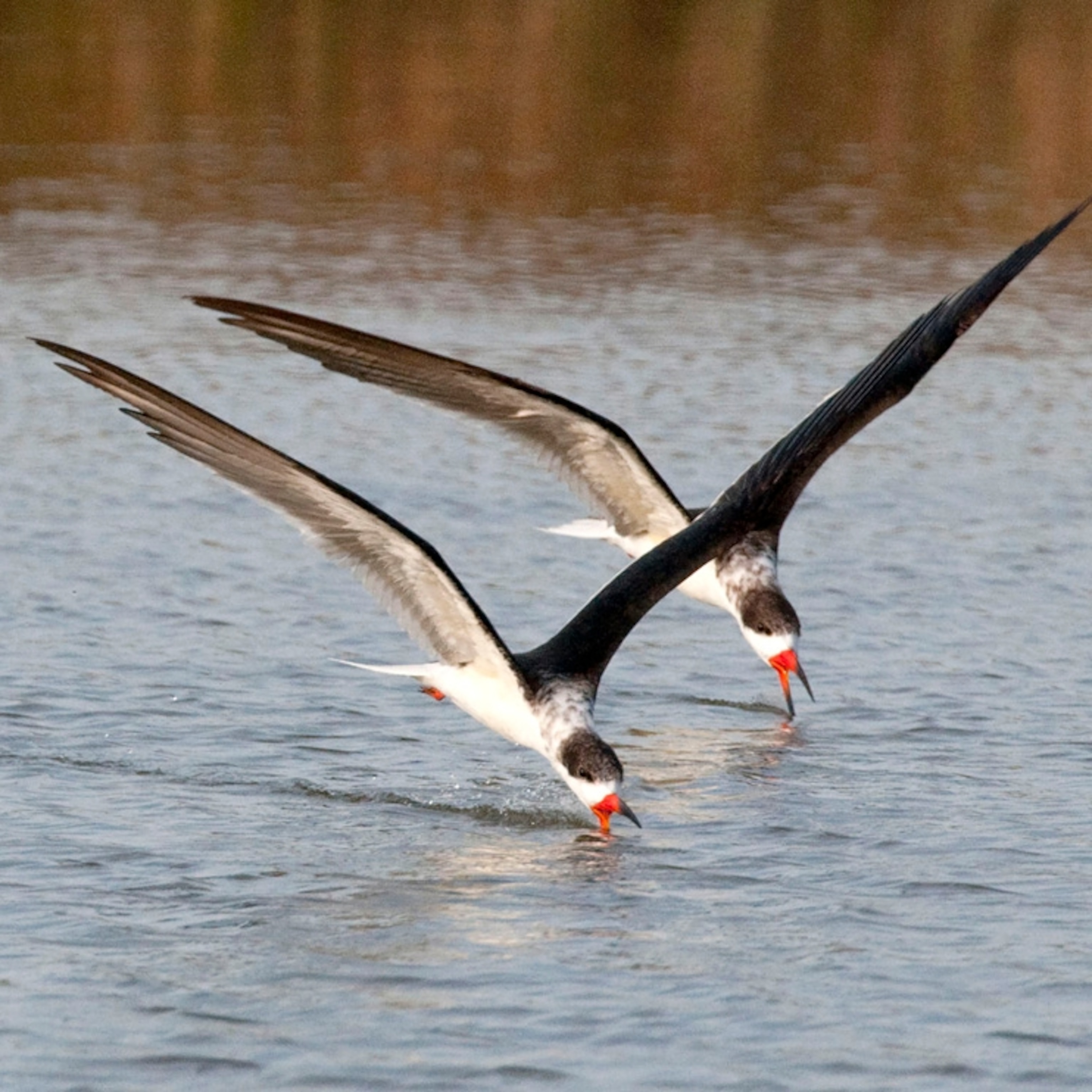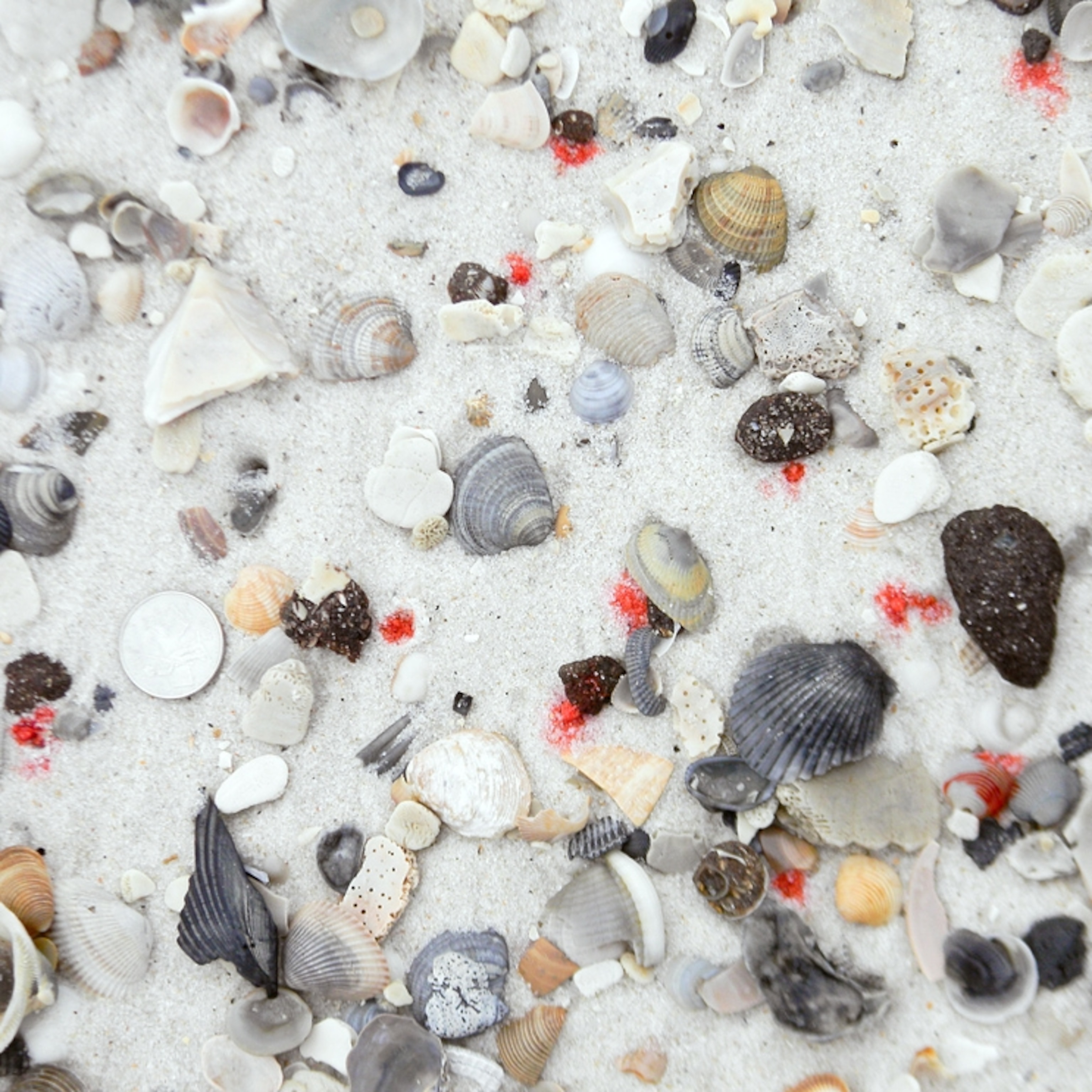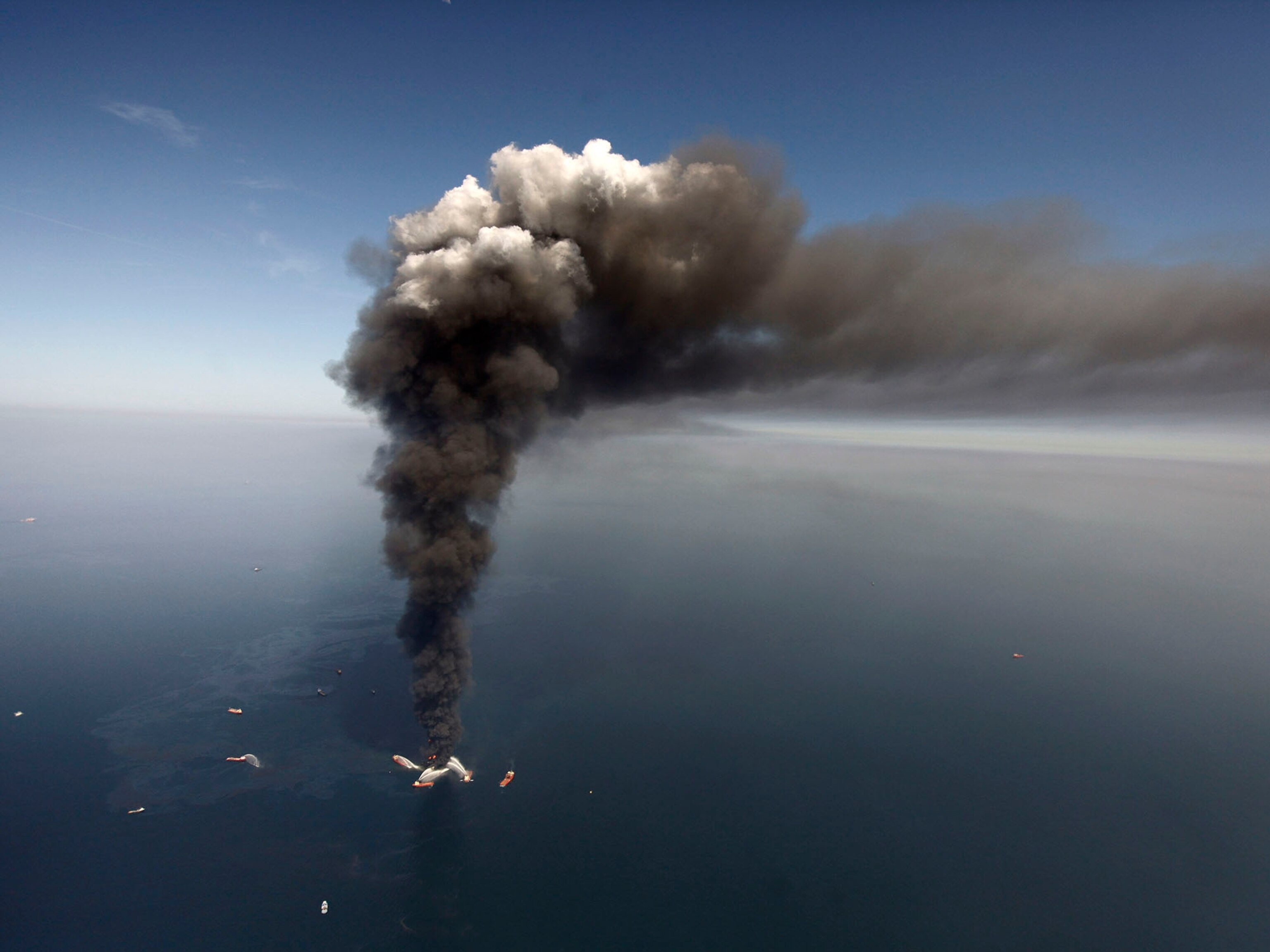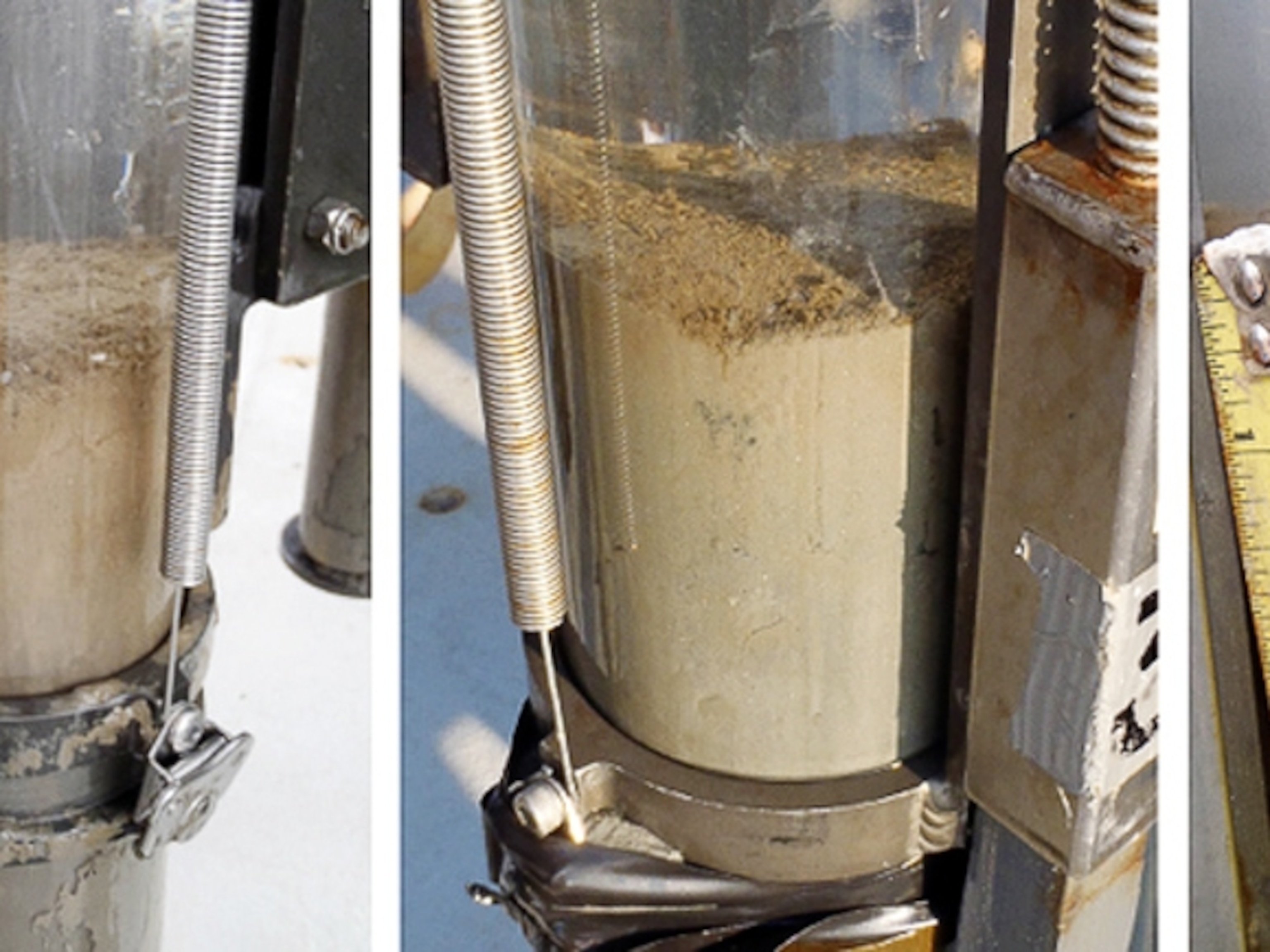
Gulf Oil Spill Worst in U.S. Maritime History; Drilling Postponed
President Obama calls for "deeper reform" of U.S. offshore drilling.
This story is part of a special series that explores energy issues. For more, visit The Great Energy Challenge.
Today federal officials expressed cautious optimism that BP's "top kill" effort to cap the leaking well causing the Gulf oil spill is working. Meanwhile, the true size of the disaster—and its potential to reshape U.S. energy policy—has become clearer.
Hours after the U.S. Geological Survey (USGS) released estimates that affirm the Deepwater Horizon spill in the Gulf of Mexico is the worst in U.S. maritime history, President Obama announced new limits on U.S. offshore drilling to allow for "further study and deeper reform."
Although most of the measures are temporary while a new commission studies the environmental risks and regulatory options of such drilling, industry observers have braced for profound change. (See "Oil Spill Poses Risk to Gulf Power Plants.")
Energy-industry analyst Kevin Book, for instance, sent a note to clients marking a turning point in what he characterized as two decades of pro-drilling sentiment from both the White House and Congress, spanning both political parties.
"A policy of 'no more damage on our watch' is likely to define activity for the remainder of the administration," wrote Book, managing director of research at ClearView Energy Partners, LLC, in Washington, D.C.
Book pointed out that five separate hearings regarding the spill are underway in Congress.
And in his lengthy news conference, Obama said that his administration has had more meetings on the Gulf oil spill than any other topic besides the issue of troops in Afghanistan.
"I continue to believe domestic oil production is important," Obama said during the conference. "But we can't do this stuff unless we have confidence we can prevent [similar oil spills] from occurring again."
New Drilling Delayed by Gulf Oil Spill
Among the new steps announced by the President is a six-month extension of the existing moratorium on permits to drill new deep-water wells.
Royal Dutch Shell's plan to drill for oil this summer in the Chukchi and Beaufort Seas off the west coast of Alaska (see map) will be delayed while a new presidential commission studies how to regulate offshore drilling.
(This story was produced as part of The Great Energy Challenge initiative by the National Geographic Society in partnership with Shell. National Geographic maintains editorial autonomy.)
The commission will be led by former Senator Bob Graham (D-Florida) and William Reilly, administrator of the U.S. Environmental Protection Agency under the first President Bush.
Underscoring the profound policy shift, the U.S. Department of Interior had already approved Shell's drilling plans in Alaska, although the permits have not been signed.
Shell had planned to drill in just 150 feet (about 46 meters) of water, compared with the more than 5,000-foot (1,500-meter) depth of BP's wrecked well in the Gulf of Mexico. (See satellite pictures of the Gulf oil spill's early evolution.)
Gulf Oil Spill May Create Shallow-Drilling Ban?
In addition, Obama canceled an August sale of various energy leases in the western Gulf of Mexico and a lease sale off the coast of Virginia. Obama also ordered a halt to all 33 existing exploratory deepwater drilling operations underway in the Gulf of Mexico.
The decisions mark a reversal for the administration, which only weeks before the April 20 Deepwater Horizon explosion proposed to expand offshore oil exploration to the Atlantic Coast.
The President's statements Thursday also left open the possibility that the administration may begin easing its ban on new permits in shallow waters—many of which involve drilling for natural gas.
The International Association of Drilling Contractors had urged Interior Secretary Ken Salazar to allow the shallow drilling to move forward. The group said that if the moratorium continues, workers on at least 50 drilling rigs that will be tapped out sometime during the next six weeks may be out of work.
Gulf Oil Spill "Top Kill" Working?
Meanwhile, BP continued its effort to stop the Gulf oil spill with "top kill"—a rapid injection of heavy drilling mud into the leaking well. Such mud is used to regulate pressure when high-pressure wells are tapped.
As of Thursday afternoon, officials said that the procedure was on track and signs were positive.
But USGS issued stark evidence on how much damage already had been done. The agency used both the amount of oil on the surface and BP's now familiar underwater video to estimate that 12,000 barrels (504,000 gallons or 1.9 million liters) to 19,000 barrels (800,000 gallons or 3 million liters) a day are spewing from the damaged well.
At that rate the amount of oil spilled since April 20 would be 18.7 million gallons (70.8 million liters) to 29.5 million gallons (112 million liters).
Until now, the 1989 Exxon Valdez spill of 11 million gallons (about 42 million liters) into Alaska's Prince William Sound held the title as worst U.S. oil disaster.
Editor's note: A previous version of this story incorrectly called the Deepwater Horizon oil spill the worst in U.S. history. At 5 million barrels, it was the worst U.S. offshore spill, but on land it was surpassed by the Lakeview gusher in 1910 and 1911, which spilled 9.4 million barrels of oil in California's San Joaquin valley.








